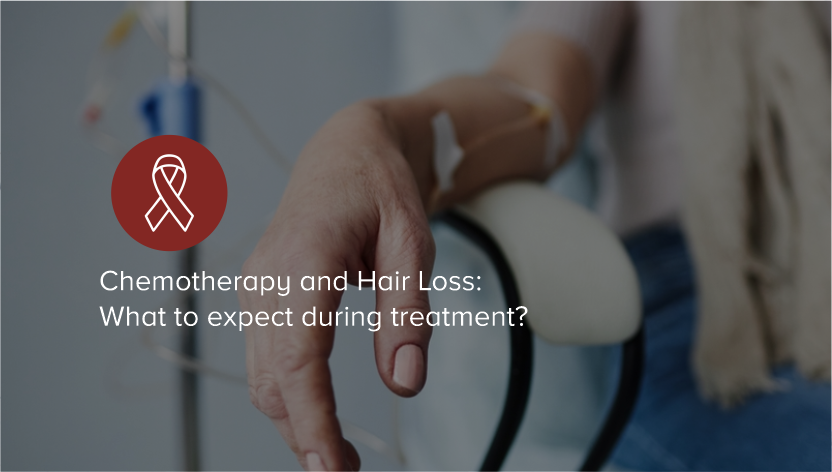For many individuals, a cancer diagnosis is a life-altering event that brings with it a whirlwind of emotions, uncertainties, and logistical challenges. Amidst the medical jargon, treatment schedules, and the quest for effective therapies, one question often lingers at the forefront of patients' and caregivers' minds – "What will happen to my hair during chemotherapy?"
